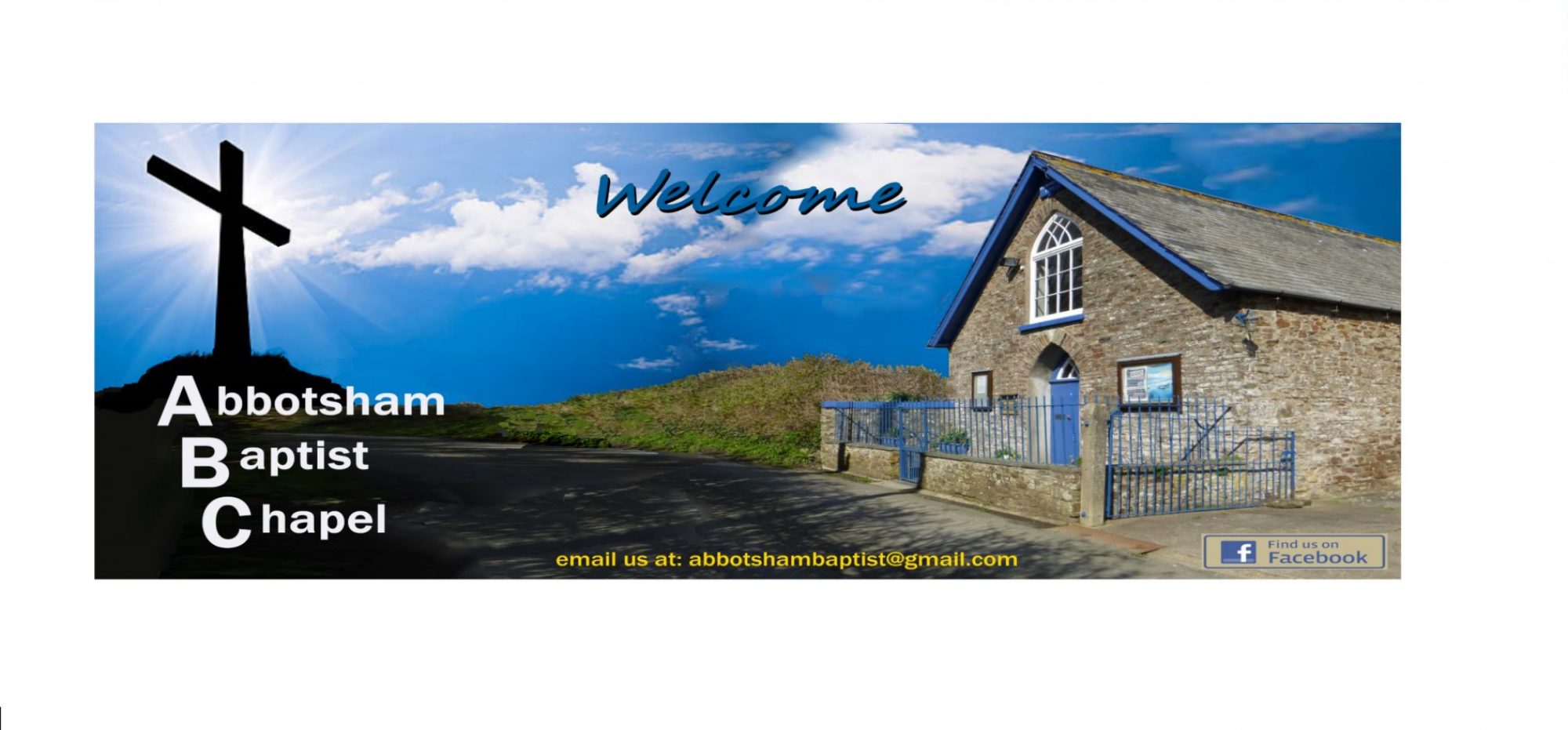John 6.1-15

If you have taken the step to active belief in Jesus and as they say committed your life to him, how did you reach that point. It is typical that such a personal journey can be complicated although not for everybody. Listening to people’s personal stories is a helpful process when planning how a church should reach out with the good news of Jesus. It rapidly becomes evident that individual journeys are frequently very different and what made the greatest impact also varies greatly. Misunderstanding and changing motivations are common features. We can draw comfort that even the way people reacted to Jesus and his teaching was a complicated picture.
Jesus had been attracting large crowds despite opposition from the authorities. As it neared the Passover festival the general level of anticipation would have risen because it was at Passover time people expected God to act. Jesus chose to cross the Sea of Galilee, we know from the other gospels that Jesus wanted a quiet place to pray and be with his closest disciples. However, a great crowd followed him. Their motivation was simple, they had seen him perform miraculous signs especially healing the sick. This was incredibly important as medical knowledge was very limited and there were a huge number of ailments and disabilities for which there was no treatment. The crowd were not foremost interested in his teaching.
Jesus and his disciples had climbed a mountain, probably the Golan Heights, and could see the crowd coming from a long way away. Luke tells us, ‘he welcomed them, and spoke to them about the kingdom of God, and healed those who needed to be cured.’ Luke 9.11 Jesus then did not turn away the opportunity to both meet people’s physical needs or teach them about the kingdom of God. He was prepared to stop what he had wanted to do to put others’ needs first. This alone is a serious challenge for all of us and the church in general.
Secondly, he did not hesitate to teach about the kingdom of God even though that was not the main reason people came to him. There would have been those who did seriously desire to hear Jesus teaching amongst the crowd but Jesus did not discriminate. He healed all and he taught all. As churches it is easy to appear as if we are only interested in people if they accept what we have to say even if that is not how we feel.
Jesus questioned Philip about how they were going to feed the crowd as a test. John doesn’t say what Jesus was testing but Jesus was about to perform a sign. John 6.14 By miraculously feeding a vast crowd Jesus was providing a sign as to who he is. The connections to God’s provision for Israel in the desert, the provision of meat in Numbers 11 and Manna in Exodus 16 were there for all to see, only God could do this. The test for Philip then could well have been, how much did he understand of Jesus’ identity?
Once Jesus had fed the crowd and they themselves had participated and had time to absorb what was happening, a change occurred in their understanding. It was not a complete grasp of the truth regarding Jesus but they did understand that what they had seen was in the same category as had been performed through the great prophets of the past. John 6.14
They responded by wanting him to be their political ruler, a king, a rebel leader against Herod and the Romans. They had translated the sign of Jesus’ divinity and concern with the eternal as well as the temporal into a political movement. The crowd had shifted its understanding and interest, grasping that Jesus was from God but not understanding the implications as yet.
Does this mean that what Jesus did that day was not worthwhile and members of the crowd had missed out on promised salvation? No to both those questions, what was happening was an evolving message. Jesus later in the chapter follows up the feeding of the five thousand with teaching that he is the bread of life, making the links between the miracle, his identity and his salvation ministry. In the middle of that teaching Jesus repeats the salvation message of John 3 and John 5, ‘For my Father’s will is that everyone who looks to the Son and believes in him shall have eternal life, and I will raise them up at the last day.’ John 6.40 What is building here through the gospel of John is a connected account with significant signposting events that establish the evidence of Jesus’ identity, purpose and accomplishments along with how the people of the time and we should relate to him.
Equally the church should allow for and be sensitive to the stepped approach many take to faith.
What are the misunderstandings that confuse people about who Jesus is?
How should the church help people on their journey to faith?
Do we show the same flexibility as Jesus did to people’s needs even when it causes a change to our plans?
Lift Him Up, Lift Him High – Dave Bilbrough
